How were board games in ancient times and which ones are still popular
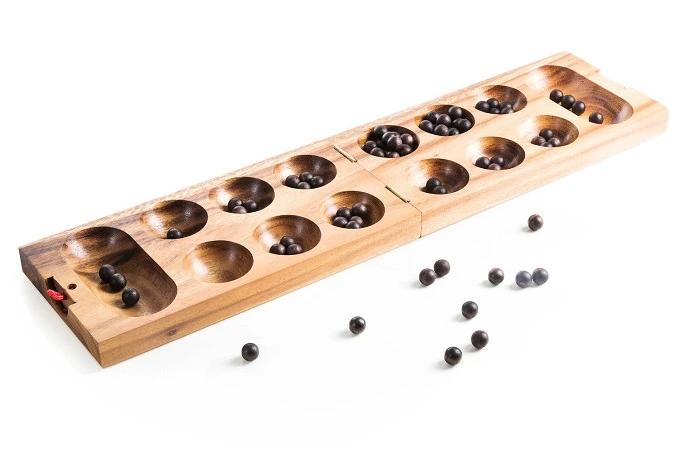
These ancient games are the ancestors of a huge variety of recent games, including fantastic ones for escaping for a few hours from the world in which we find ourselves. Although games like Go, Kalah, and chess are enjoyed by millions of people today, they represent just a tiny portion of the inheritance that ancient civilizations’ board games left to modern society. What makes this topic interesting is that the central secrets of some of history’s most interesting games don’t seem to have been answered as of yet. This is how people who lived in ancient civilizations spent their free time and how they decorated it.
Dice were the first game played at tables
It is uncertain at what point in time, when humans had nothing else to do, they decided to start throwing stones following some made-up rules. Probably a very long time ago, in point of fact. As for the game that is most likely the world’s oldest dice game has been played by humans for at least five thousand years and most likely much longer. Dice with marks on them were thrown in countries of Asia and on the continent of South America. These inventions took place independently of one other by people and civilizations from various parts of the world.
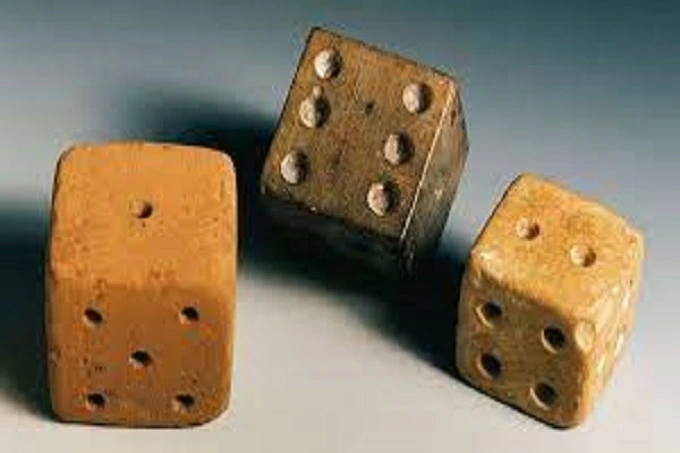
The process of tossing dice consisted of counting the number of points that were granted to the player, and the winner was the one who had the most points at the end of the game. Dice may also be used to generate a random number, which was another purpose they served in games. Sticks made of flat wood, each with a different design on one side, might be used in place of dice. It is important to note that throughout the Middle Ages and afterwards, the church frowned upon the use of dice and playing cards. As a result, Christians who were prone to gambling were forced to play alternative games, such as dominoes (incidentally, the game prototype, quite ancient, came to Europe from India).
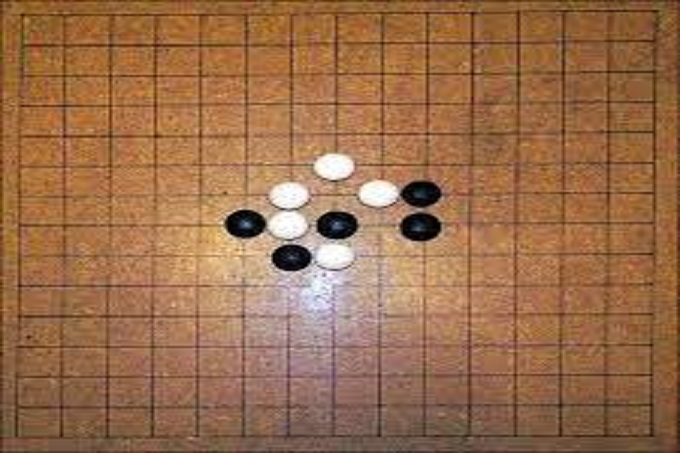
Quite a lot of logic games have survived from antiquity to the present day; an example is the “grandfather” of the tic-tac-toe game. This is Gomoku, invented in China no later than two thousand years ago. In the 7th century, the game spread to Japan. The essence of the rules is familiar: two players compete, in front of which is a board drawn into squares-fields; Everyone plays with pebbles of the same color. The game’s goal is to build a row of five stones – horizontally, vertically or diagonally. The opponent prevents this from being done, trying to be the first to complete the row.
Games of combat and agriculture
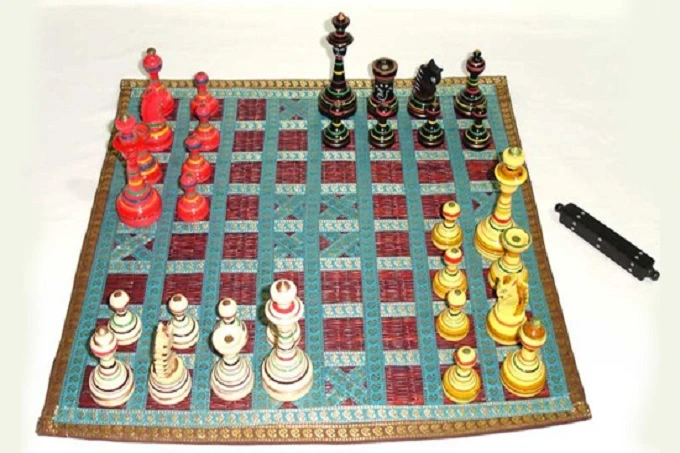
There were a variety of different sorts of games available in addition to the logical and abstract ones, which were restricted to the construction of geometric forms or the tallying of points lost and gained. Chess is a member of the family of games characterized by representing the conflict between two opposing armies fought out on the playing field.
It is widely believed that the Indian game of Chaturanga served as the inspiration for chess. However, draughts developed from the ancient games of petteia in Greece and latrunculi in Rome. Both of these games were described by a variety of ancient writers.
Regarding the origins of backgammon, numerous ancient games that historians are familiar with have been put forth as possible candidates for the game’s precursor. When there is information regarding the great popularity of a certain game in any of the states in the past, the difficulty is that it might be fairly difficult to infer the rules by which the competition was played. This is because the information comes from the past.
For instance, the royal game of Ur, which got its name from a city in Mesopotamia and was enjoyed by people of all social levels, was well-liked by the people. It is speculated that the rules were comparable to those used in backgammon; however, even this cannot be confirmed with absolute certainty.

A few thousand years ago, China was the birthplace of the popular board game Go, which in the 20th century expanded across the rest of the world (the exact age is difficult to establish but can not be less than two millennia). The contest is said to have been conceived up by either a member of the court of a Chinese emperor or a nobleman who was close to him.
The game is played using stones of two different colours, put on the board at the intersections of lines. Stones may be “caught” by an opponent if the rules are followed. The game’s object is to surround more of the playing area with a single pebble than your opponent can manage.
A separate category of board games known as mancala includes several various takes on the same basic competition, with Kalah being the most often played. The pyramid of Cheops included a mancala game board, and images of people playing the game may be seen painted on the walls of ancient Egyptian temples.
Although it is played most often in Africa and Asia, people worldwide are acquainted with the game. The game’s objective is to remove as many of your opponent’s stones as possible from the wells. The stones represent crops, and their absence means hunger.
How exactly were Senet and Liubo played?
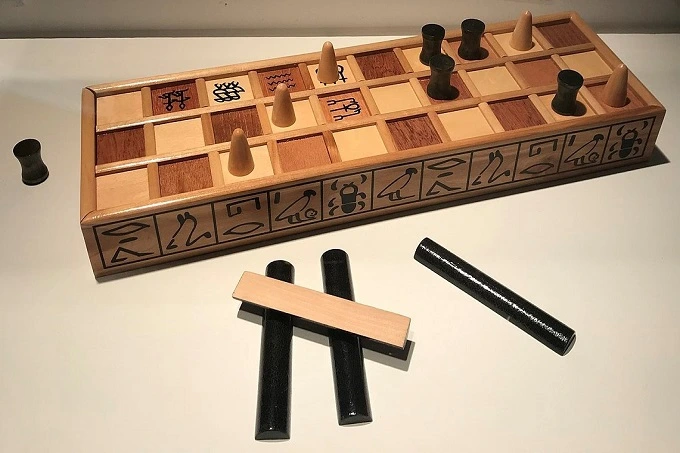
There are several games that were first played in ancient times that are being played today, although with some modifications to the rules, the number of participants, and the characteristics of the various props. However, a game is kept hidden, and those knowledgeable about it can say with certainty that its players were very popular during the game’s heyday.
However, the game’s rules have been lost due to the passage of time. For example, the game of senet, which originated in same ancient Egypt, received the title of the oldest game associated with moving chips around the board.
Egyptians believe that the god Thoth was the one who came up with the idea of the senet and that he did so to settle a dispute with other gods. In the tombs of the pharaohs, images from the game of Senet can be found painted on the walls.
This suggests that the game served a purpose beyond that of mere entertainment; rather, it was an important aspect of Egyptian religion, as it was thought to recreate the experiences of the dead in the afterlife. The game was filled with traps, involving transitions to several levels, detailed gods, and included the turning of the dead player into a mummy.
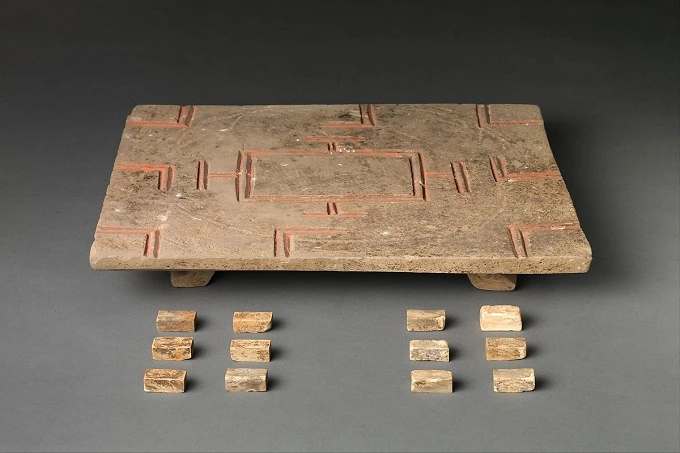
The history of the ancient Chinese board game Liubo, which has been variously compared to either backgammon or chess, has also provided contemporary historians with very little knowledge about the game itself. A school of thought contends that in addition to the physical movements and the aspect of competition, it also incorporated certain divination procedures.
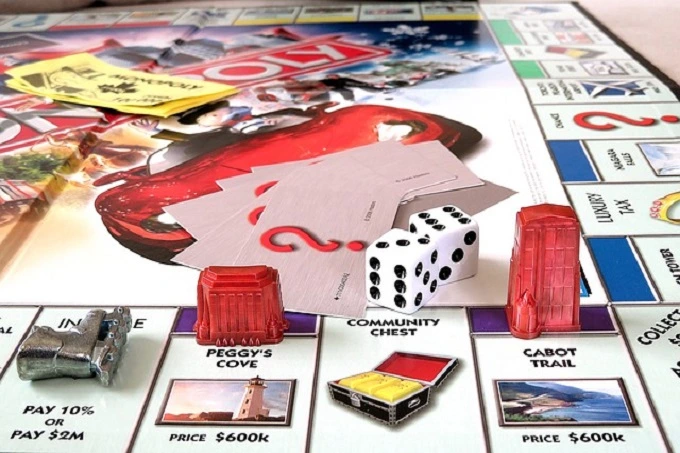
In contrast to other games, the language was not preserved in any significant depth until the twenty-first century. Nevertheless, the amount of board games that have been given a new lease of life in recent decades or that have been developed, such as Monopoly or Scrabble, leaves little place for boredom: it is possible that there will be fewer lovers of the conflict on the playing field in the near future.




